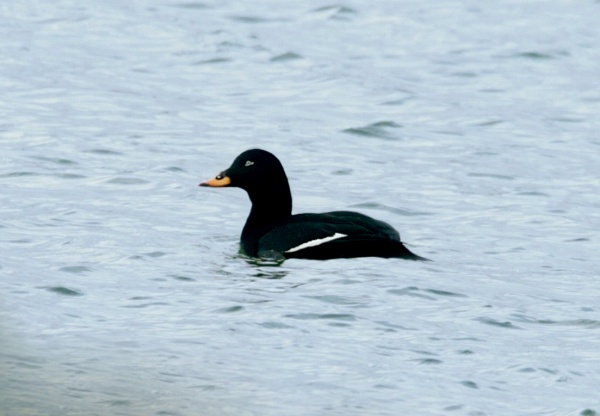Facts About Velvet scoter
The Velvet Scoter, also known as the Velvet Duck, is a large sea duck native to Europe and the Palearctic region, particularly west of the Yenisey basin. Its name is rooted in ancient languages: the genus name derives from the Ancient Greek words for "black duck" while the species name means "dusky brown" in Latin. There is even a small population of these birds in eastern Turkey.
Some ornithologists believe that Stejneger's Scoter and the White-winged Scoter are closely related to the Velvet Scoter, considering them subspecies with the names M. f. stejnegeri and M. f. deglandi, respectively. All of these ducks belong to the subgenus Melanitta.
In winter, the Velvet Scoter migrates to milder climates in Europe, including the coastal waters of Great Britain, the Black Sea, and the Caspian Sea. They are known for forming large flocks during this season. Unfortunately, the Velvet Scoter is listed as a Vulnerable species by the IUCN, highlighting the urgent need for conservation efforts.
These ducks nest near water in woodlands or tundra areas, lining their nests with soft materials and typically laying around 7-9 eggs. They dive to feed on crustaceans and mollusks.
The Velvet Scoter is the largest species among scoters, measuring between 51-58 cm. Males are predominantly black with distinctive white markings around the eyes and on their wings, and they have a yellow bill with a black base. Females are brown with pale patches on their heads and white wing patches.
The Velvet Scoter is also protected under the Agreement on the Conservation of African-Eurasian Migratory Waterbirds (AEWA), ensuring continued efforts to conserve this fascinating species.

 United States
United States